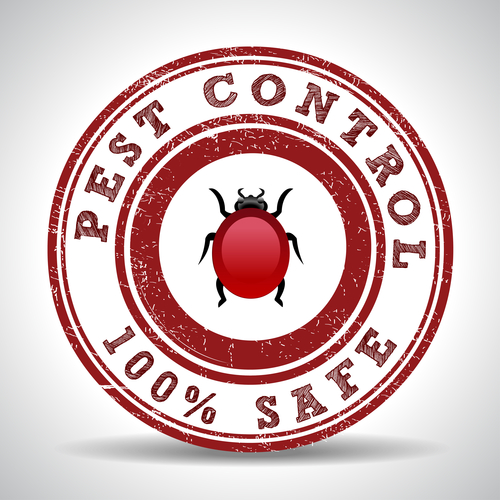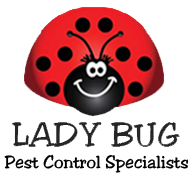 More frightening for homeowners are the large brown Cerambycids – long horned house borer - in the genus Prionus, and there are many different species across North America. One distinguishing character that distinguishes this family is on the antenna, and it is very easily observed in Prionus. On their very large antennae you can see that the second segment is noticeably shorter than either the first or the third segments. If some of these beetles are living within the wood used to build a home it usually will be rough lumber, such as the 2x4 studs inside walls. There the larva lives, happily munching through the wood for a few years, and finally pupating and becoming an adult beetle. Now, the instinct of the beetle is to make its way out of the wood until it finds light, so it bores through whatever may be in its way, including sheetrock, paneling, wallpaper, or any other covering over that point in the wall. It heads for light, and often ends up near windows or lights inside the home. When it is disturbed it may begin an odd squeaking / hissing sound that adds to the fear the homeowner has, and if it is carelessly handled will gladly bite, using its large and powerful mandibles.
More frightening for homeowners are the large brown Cerambycids – long horned house borer - in the genus Prionus, and there are many different species across North America. One distinguishing character that distinguishes this family is on the antenna, and it is very easily observed in Prionus. On their very large antennae you can see that the second segment is noticeably shorter than either the first or the third segments. If some of these beetles are living within the wood used to build a home it usually will be rough lumber, such as the 2x4 studs inside walls. There the larva lives, happily munching through the wood for a few years, and finally pupating and becoming an adult beetle. Now, the instinct of the beetle is to make its way out of the wood until it finds light, so it bores through whatever may be in its way, including sheetrock, paneling, wallpaper, or any other covering over that point in the wall. It heads for light, and often ends up near windows or lights inside the home. When it is disturbed it may begin an odd squeaking / hissing sound that adds to the fear the homeowner has, and if it is carelessly handled will gladly bite, using its large and powerful mandibles.
While most of the long horned beetles can simply be ignored, or dealt with in some non-chemical means, there are two species that are a concern. Both of these are present only in the eastern states in the U.S. These are:
· The Old House Borer – Hylotrupes bajulus
· The Flat Oak Borer – Smodicum cucujiforme
There is conflicting information on the ability of the Flat Oak Borer to re-infest seasoned lumber, but for the Old House Borer there is no question at all. It can be a serious pest problem. The Flat Oak Borer is a small beetle, only about 3/8 inch long as the adult, and quite flattened top to bottom. Because of this flattened shape its adult emergence hole will also have an oval outline to it, and this may be confused with the exit holes of metallic wood boring beetles. The adult Flat Oak Borer is a light orange-brown, and its long antennae tell you it is a Cerambycid. It is best to have an expert provide a positive identification, but one distinctive characteristic of the beetle is their notched compound eyes. The larvae feed in solid wood of various kinds, including oak, beech, hickory, and poplar, and will infest the standing trees. As they move through the wood they leave their fecal matter packed in the feeding channels behind them, and this material is a very fine powdery material, not unlike that of the True Powderpost Beetles.
The Old House Borer (OHB) has many distinct differences from the Flat Oak Borer. It infests only conifers, and not hardwoods. It is native to Europe and North Africa, but has been in North America since around 1875, and it is a major pest of conifers in Europe and South Africa. The OHB can hitchhike so well in infested wood that it now is found throughout the world on nearly every continent. It feeds only within the sapwood, but readily will infest structural lumber such as the fir used in framing and subflooring. It has moved from its native Europe to many others regions of the world as a hitchhiker in pine boards, boxes, and other wood used in structures. In the U.S. It may only be a pest of structural wood, and not of standing timber. The life cycle in cooler northern regions may take five to seven years to complete, while three to five years may be adequate in warmer southern regions. It is found along the Atlantic Coast and into the southeastern United States, and some resources refer to it as the second worst pest of structural wood along the eastern seaboard, next to termites. According to one resource up to 50% of homes in Europe were, at one point in time, infested with this beetle.
Long Horned House Boring Beetles Mesa, AZ
Contact Lady Bug Pest Control Specialists for a Free Home Inspection for Termites, Eco-Friendly Pest Control, Home Seal Service, Bed Bug Eco-Heat, and Rodent Control. We perform Complete Home Inspections at no charge. Please feel free to contact Lady Bug Pest Control Specialists to answer any questions or for a FREE Inspection. 480-833-1111.







